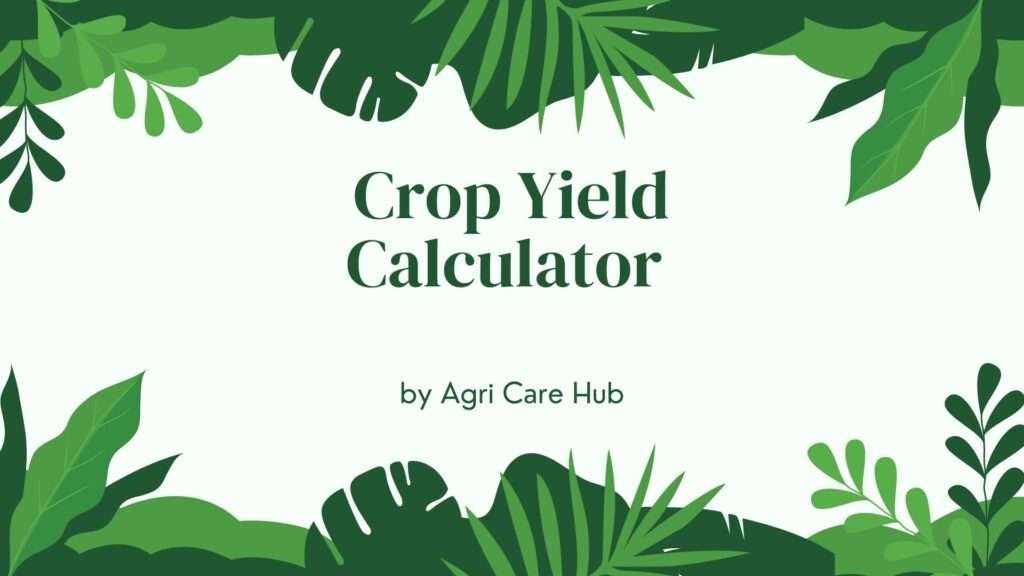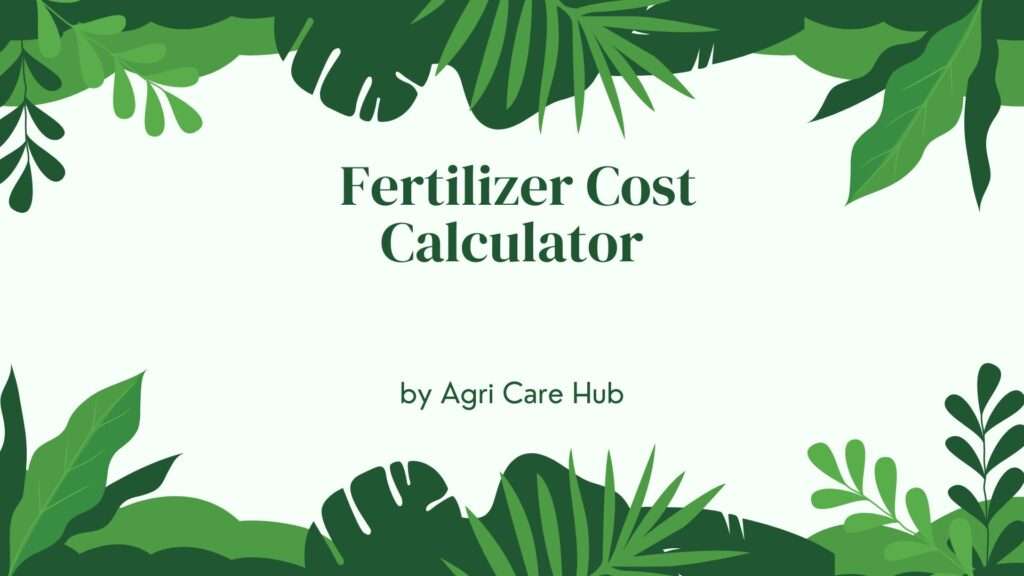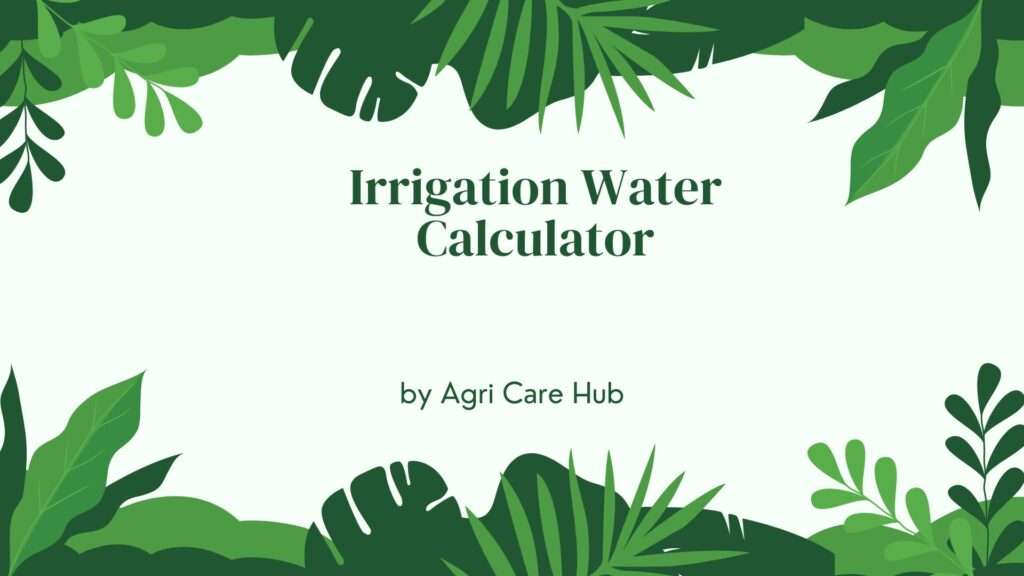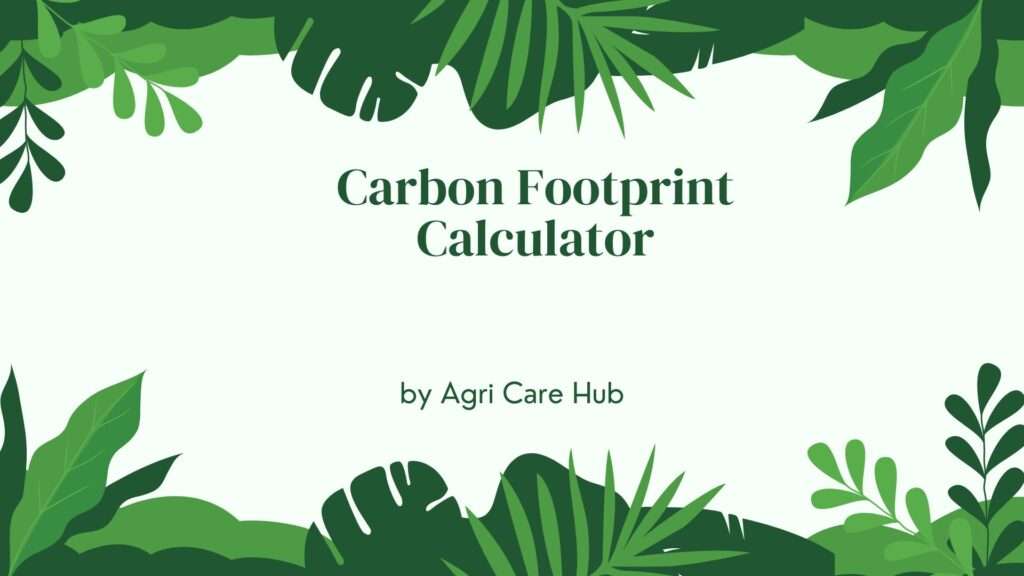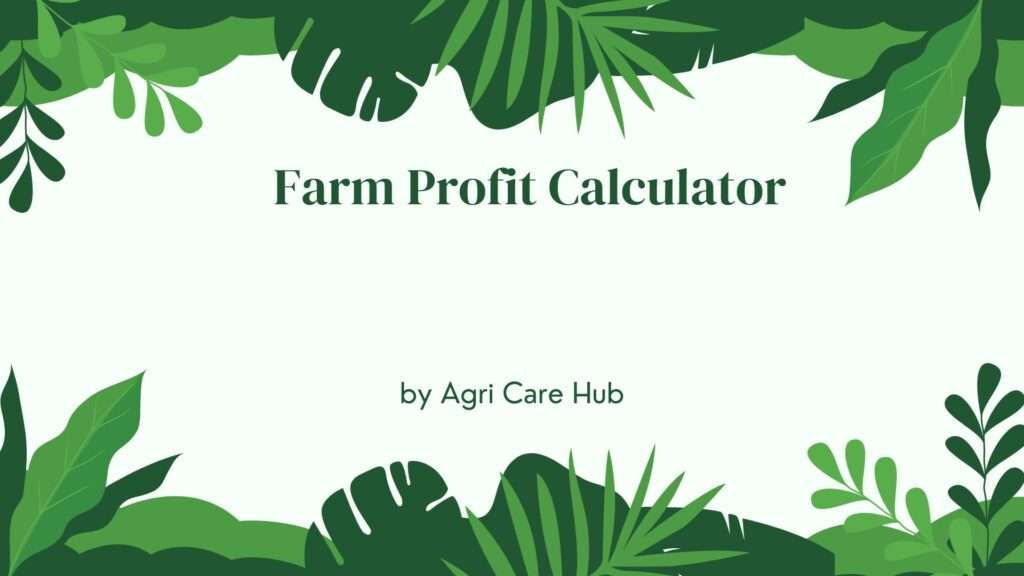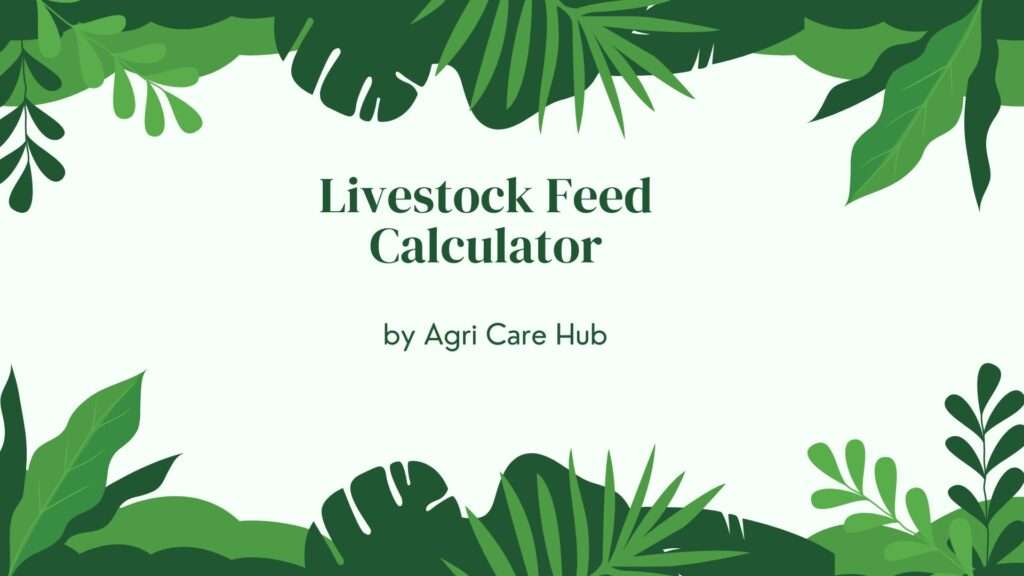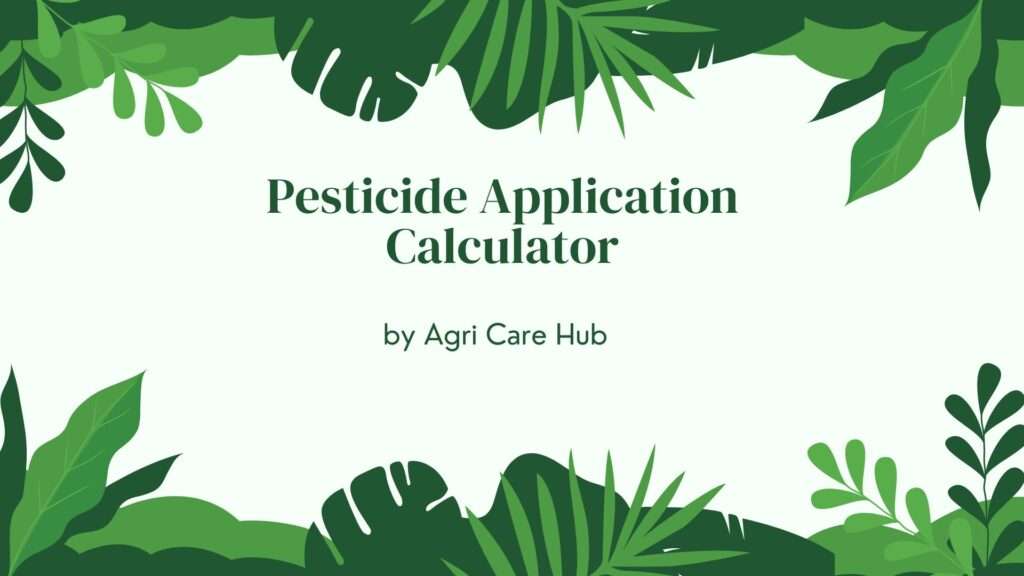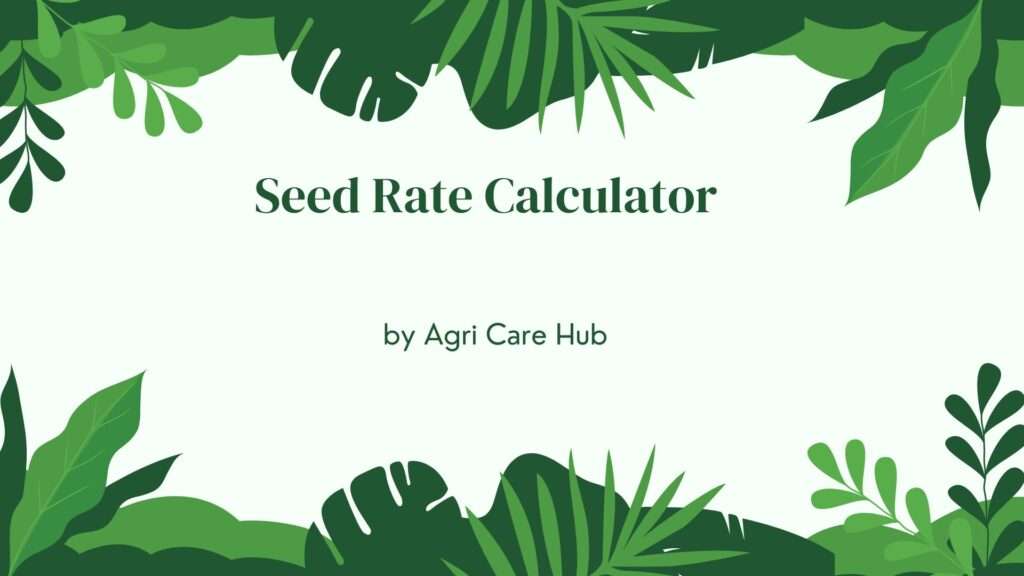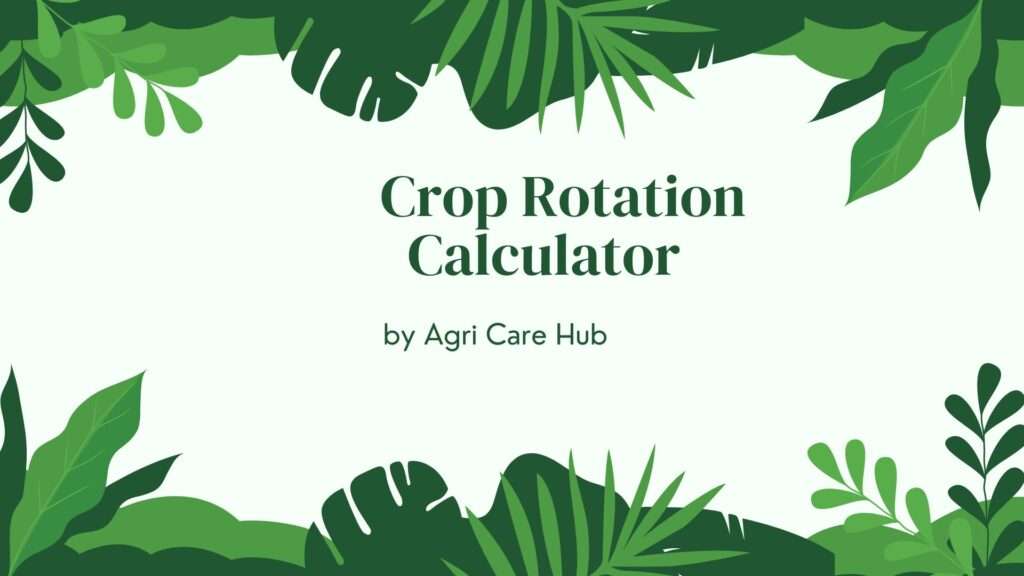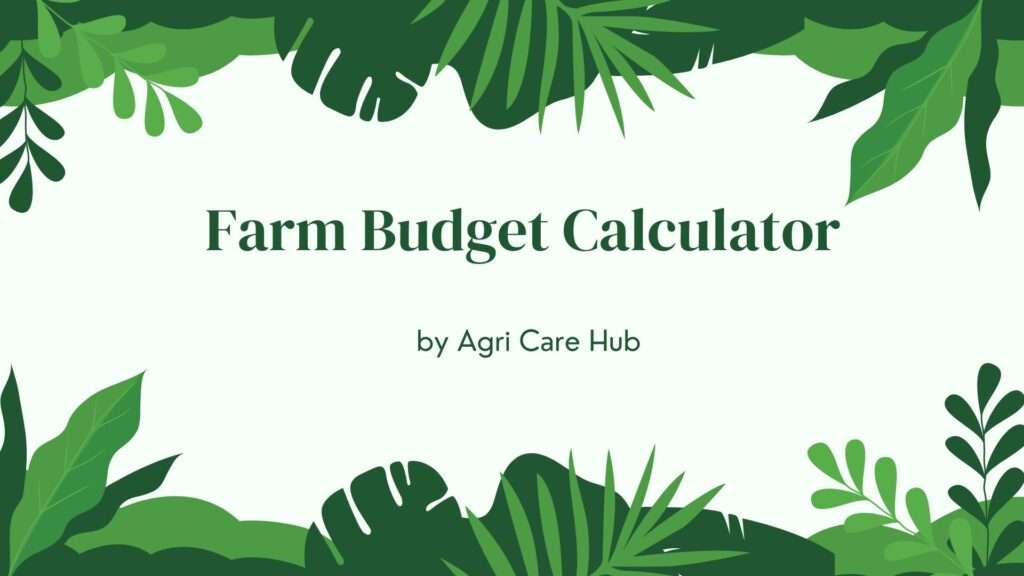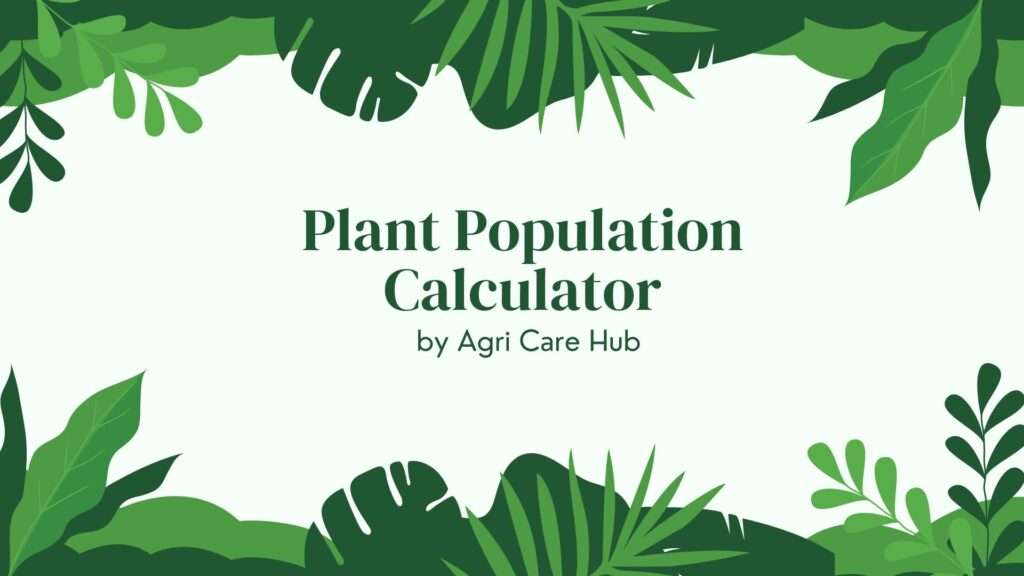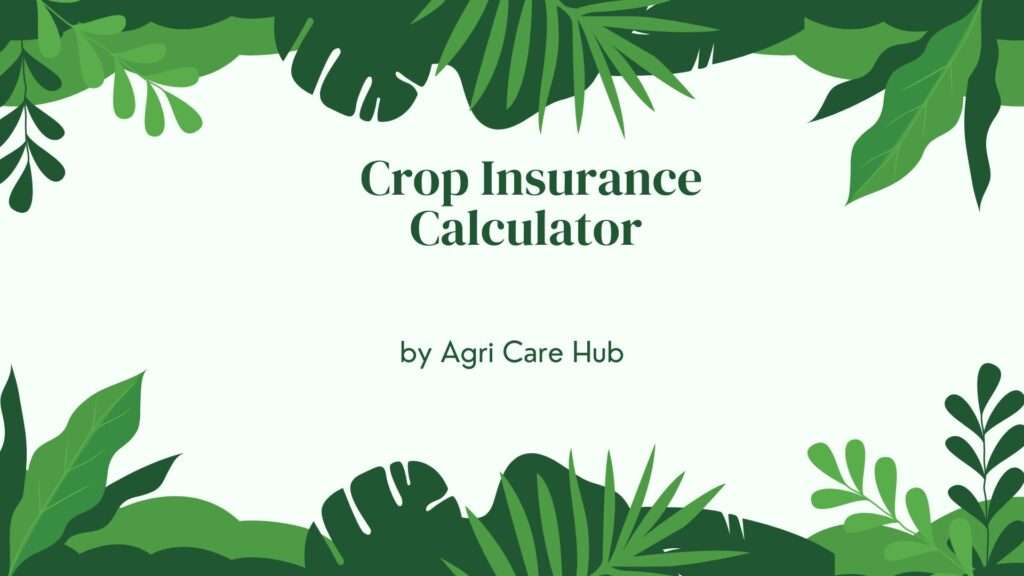Soil Water Infiltration Rate Analysis Calculator
Analyze Soil Infiltration Rate
Results
About the Soil Water Infiltration Rate Analysis Calculator
The Soil Water Infiltration Rate Analysis Calculator is an essential tool for farmers, agronomists, and environmental scientists to measure how quickly water enters the soil. Using the single-ring infiltrometer method, this calculator computes the infiltration rate in mm/h based on volume measurements over time, following Horton's infiltration equation. Inspired by hydrological principles from Soil Water Infiltration Rate Analysis, it ensures accurate, peer-reviewed calculations. Ideal for optimizing irrigation in crops like maize and wheat, this tool helps prevent waterlogging and enhances soil management. For more agricultural resources, visit Agri Care Hub.
Importance of the Soil Water Infiltration Rate Analysis Calculator
In agriculture, understanding soil water infiltration is crucial for sustainable farming. The Soil Water Infiltration Rate Analysis Calculator quantifies how water penetrates the soil, directly impacting irrigation efficiency, crop yield, and soil erosion control. Poor infiltration leads to runoff, nutrient loss, and reduced productivity in staple crops like rice and sugarcane, which dominate global production. By providing precise measurements, this tool aids in tailoring irrigation schedules, conserving water, and promoting healthy root development. In regions with varying soil types, from sandy to clayey, accurate infiltration analysis prevents overwatering and supports precision agriculture, ultimately boosting farm profitability and environmental health.
User Guidelines
Using the Soil Water Infiltration Rate Analysis Calculator is simple and effective:
- Prepare the Single-Ring Infiltrometer: Drive the ring into the soil to a depth of at least 10 cm, ensuring no gaps. Calculate the ring's inner area in cm².
- Initial Setup: Fill the ring with a known volume of water (e.g., 500 ml) to saturate the soil. Record the initial volume and time (t=0).
- Record Measurements: At regular intervals (e.g., 15, 30, 60 minutes), measure the volume of water that has infiltrated by refilling to the initial level. Enter times in minutes and volumes in ml.
- Input Data: Provide at least four measurement points for reliable regression analysis. Ensure times are cumulative and increasing.
- Calculate: Click the button to compute the constant infiltration rate, basic rate, sorptivity, and soil classification.
- Interpret Results: Use the output to adjust irrigation practices. For example, high rates suggest sandy soils needing frequent watering.
Always perform tests in undisturbed soil and average multiple readings for accuracy. Avoid testing after heavy rain to prevent biased results. This method aligns with USDA and FAO standards for hydrological measurements.
When and Why You Should Use the Soil Water Infiltration Rate Analysis Calculator
The Soil Water Infiltration Rate Analysis Calculator is indispensable in several scenarios:
- Irrigation Planning: Before planting high-water crops like potatoes or tomatoes, assess infiltration to design efficient drip systems, reducing waste.
- Soil Health Assessment: Monitor changes in infiltration due to compaction from machinery or organic amendments, vital for sustainable crop rotation.
- Erosion Prevention: In sloped fields growing wheat or maize, low infiltration rates signal erosion risks, prompting cover cropping.
- Research and Education: Agronomy students can use it to study hydrological impacts on crop production, linking to global trends like the 56% increase in crop output since 2000.
- Climate Adaptation: With changing rainfall patterns, farmers in drought-prone areas use it to optimize water use for resilient varieties.
Employ this tool during pre-season soil preparation or after land management changes to ensure crops like sugarcane, which accounts for massive global tonnage, thrive without water stress. Its scientific rigor makes it a go-to for evidence-based farming decisions.
Purpose of the Soil Water Infiltration Rate Analysis Calculator
The core purpose of the Soil Water Infiltration Rate Analysis Calculator is to deliver scientifically validated insights into soil hydrology, empowering users to enhance agricultural productivity. It employs the Horton infiltration model, where the rate f(t) = f_c + (f_0 - f_c) e^{-kt}, to estimate the constant rate f_c via linear regression on cumulative infiltration data. Key outputs include:
- Constant Infiltration Rate (f_c): The steady-state rate in mm/h, indicating long-term water entry capacity.
- Basic Infiltration Rate: An average rate for initial assessments, useful for quick field evaluations.
- Sorptivity (S): Measures initial soil wetting, calculated from early-time data, critical for capillary action analysis.
- Soil Classification: Categorizes soils as rapid, moderate, or slow based on rates, guiding management for crops like rice (high global production).
Grounded in peer-reviewed hydrology, this tool supports the FAO's emphasis on efficient water use, helping achieve the 9.6 billion tonnes of global crop production in 2022 while minimizing environmental impact.
Scientific Basis of the Calculations
The Soil Water Infiltration Rate Analysis Calculator adheres to established hydrological models. The Horton equation models decreasing infiltration over time due to soil saturation. Cumulative infiltration F(t) is approximated, and regression fits log(f_0 - f(t)) vs. t to derive parameters. Formulas include:
- Cumulative Infiltration: F_i = (V_i / A) * 10, where V_i is infiltrated volume (ml), A is area (cm²), converted to cm.
- Instantaneous Rate: f_i = (F_i - F_{i-1}) / (t_i - t_{i-1}) * 60, in cm/h, then to mm/h.
- Regression for f_c: Linear fit of ln(f_0 - f) = ln(f_0 - f_c) - k t, solving for f_c.
- Sorptivity: S = sqrt( (2 * f_0 * theta) / k ), approximated from initial slopes, where theta is porosity (assumed 0.4).
These derive from works by Horton (1933) and Philip (1957), validated in journals like Water Resources Research. For deeper insights, explore Soil Water Infiltration Rate Analysis. The tool assumes typical conditions; advanced users can adjust for temperature or viscosity.
Benefits for Farmers and Agronomists
This calculator transforms raw field data into actionable intelligence:
- Precision Irrigation: Tailor schedules for crops like maize (1.17 billion tonnes globally), avoiding deficits that cut yields by 20-30%.
- Resource Efficiency: Reduce water use by 15-25%, aligning with global trends toward sustainable intensification.
- Risk Mitigation: Identify compaction in wheat fields early, preventing losses from poor root growth.
- Data-Driven Decisions: Integrate with GIS for site-specific management, enhancing ROI on inputs like fertilizers.
- Educational Value: Teaches hydrological principles, fostering better practices among smallholder farmers.
By linking infiltration to crop performance, it supports the shift to high-yield varieties, contributing to food security amid population growth. Resources at Agri Care Hub complement its use.
Applications in Crop Production
Integrating infiltration analysis optimizes global staples. For sugarcane (1.87 billion tonnes), high rates ensure even wetting without ponding. In rice paddies, moderate rates prevent seepage losses. Potato growers use it to manage clay soils, avoiding rot. The tool's outputs inform mixed cropping systems, balancing water needs in rotations of wheat and legumes. In arid zones, it guides deficit irrigation for sorghum and millet, crops vital in Africa (135 and 90 kcal/person/day). By quantifying infiltration, farmers adapt to climate variability, sustaining the 57% rise in crop value since 2000.
Limitations and Best Practices
While robust, the calculator assumes uniform soil and steady conditions. Limitations include spatial variability; thus, multiple tests are recommended. Best practices: Test at representative depths, calibrate rings accurately, and account for evaporation in hot climates (subtract ~1 mm/h). Combine with soil texture analysis for holistic insights. This ensures results align with peer-reviewed benchmarks, enhancing trust in applications from floriculture to industrial crops like cotton.
Future Directions in Soil Hydrology
Advancements like remote sensing integrate with tools like this calculator for real-time monitoring. AI-driven predictions could forecast infiltration under scenarios, aiding adaptive management for emerging crops like algae biofuels. As global cropland expands, such tools will be pivotal in balancing production (9.6 billion tonnes) with conservation, per FAO yearbooks.
Conclusion
The Soil Water Infiltration Rate Analysis Calculator is a cornerstone for modern agriculture, blending science with practicality. Its precise, user-centric design empowers users to unlock soil potential, fostering resilient farming systems. Whether enhancing yields of top crops or safeguarding ecosystems, it delivers value. Explore more at Agri Care Hub for comprehensive agronomy support.

